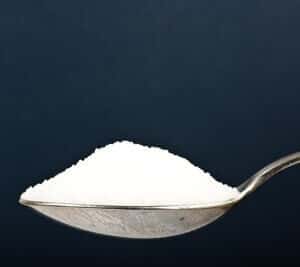
by R. David Anderson, B.S., R.Ph., D.Sc
A brief item appeared in the PEOPLE’S PHARMACY in which the healing value of sugar for skin tears was lauded. You responded that Dr. Richard Knutson was an early researcher who published his findings regarding sugar’s healing qualities in a respected medical journal in 1981 (South Med J. 1981; 74: 1329-36) History demands a clarification. Dr. Knutson was, in fact, a “Johnny come lately.” The journal states that he and his co-authors began their research in January 1976.
I began my 60+ year career in hospital pharmacy at the Medical College of Virginia and eventually retired at the Waynesboro Community Hospital in Waynesboro, VA. (WCH). Dr. Treacy O’Hanlon was a general surgeon at WCH who also held a joint appointment as principal surgeon and consultant at the widely recognized Woodrow Wilson Rehabilitation Center in nearby Fishersville, VA. Most of his patients were para- and quadriplegics with decubitus ulcers and pressure sores who suffered long, painful and difficult to heal skin ulcers, often deep into bone or muscle tissue. Dr. O’Hanlon had instructed the nursing staffs at both facilities to place table sugar into these wounds which he found effective, but did not remain in place for extended periods. Consequently it required frequent re-dressing, which was not without additional pain for the patient.
I arrived at the Waynesboro Community Hospital in 1964 as Director of Pharmacy Services. Dr. O’Hanlon asked me almost immediately if I could devise some sort of “paste” containing the highest concentration of sugar possible. After multiple attempts, I found that by combining simple syrup, containing 85% sugar, and a sufficient quantity of Eucerin (Aquaphor) ointment, a smooth, easily applied, and easily removed “paste” with a concentration of about 50% sugar would result. It became standard treatment at both institutions and was frequently requested by the staff at University of Virginia and other regional hospitals to manage difficult-to-treat bed sores and other conditions. My wife, a registered nurse who also worked closely with Dr. O’Hanlon and his patients, gladly submits that this composition worked wonders with managing these skin and tissue complications while improving infection control and reducing nursing costs.
I have no idea how many patients we might have treated over many years, but Dr. Knutson deserves credit for defining the use of sugar at least 12 years following Dr. O’Hanlon, who never published his findings.
Sincerely,
R. David Anderson, B.S., R.Ph., D.Sc

